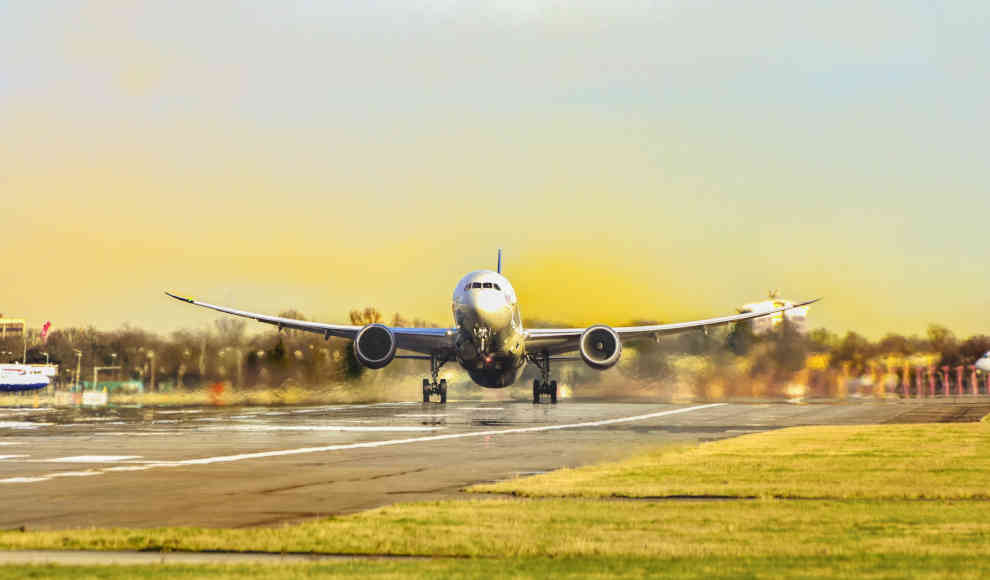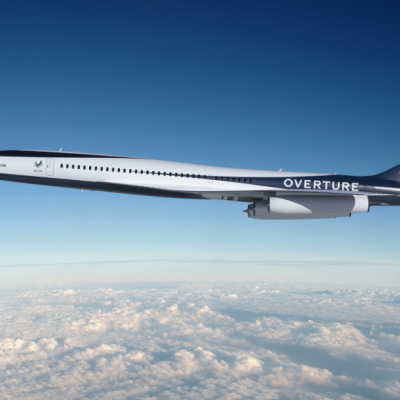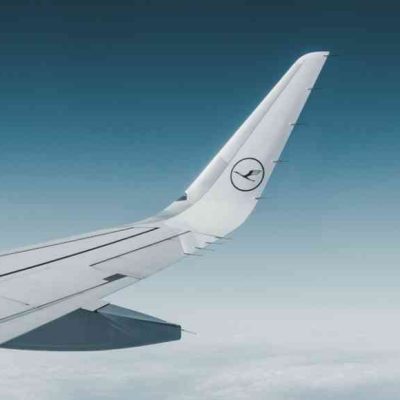The rapid growth of air travel in recent years has slowed down significantly due to economic uncertainties that prevent airlines from investing. According to the Global Aviation Monitor (GAM) of the German Aerospace Center (DLR), the number of flights in June 2019 was only 1.5% higher than in June 2018, compared to significantly higher growth rates in previous years. The DLR evaluates data from 3,500 airports and 850 airlines for its quarterly study. With over a million take-offs, Asia accounts for around 30% of global air traffic, but its growth rate has flattened in the past year to about 2-3%, compared to strong increases in previous years. The DLR attributes this to “increasing economic uncertainties” that cause airlines to invest less in new aircraft.
North America accounts for a similar high percentage of air traffic at 27%, but its low growth rates of 2-3% have been observed for several years. Europe accounts for about 24.7% of global air traffic, with 832,000 take-offs. While growth rates of about 5% were observed from 2013 to 2018, growth has now slowed to about 1.2%, partly due to the Air Berlin insolvency that led to a significant decrease in the number of flights in Germany. Despite the low increase in flights, some airports in Germany, such as Düsseldorf and Stuttgart, have significantly higher growth rates of about 4%, thanks to budget airlines such as Eurowings, Easyjet, and Laudamotion.
The DLR study predicts that the weak growth will continue in Europe and globally in the coming quarter, with an expected increase in take-offs of only 1-2%. The researchers emphasize that the slowing growth in Asia has a particularly strong impact on the declining growth of flights and connections worldwide. The economic uncertainties that prevent airlines from investing in new aircraft are seen as the main cause of the slowdown in air travel growth.










